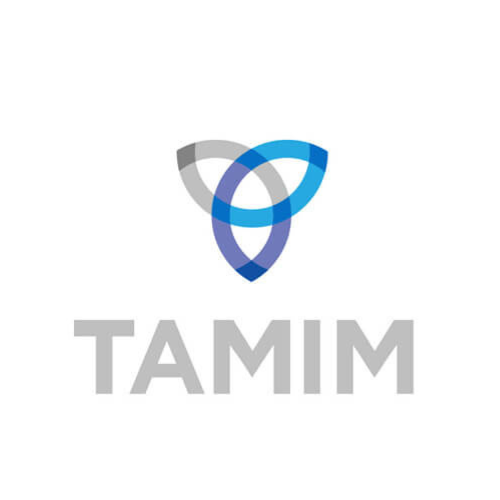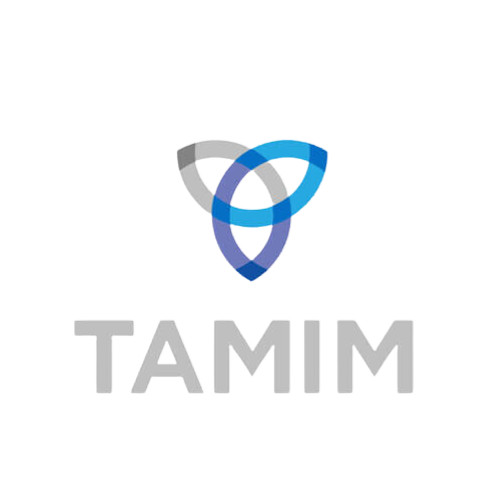As we discussed in the recent article Second-Level Thinking and US Homebuilders, we’re currently going through a very interesting time in the U.S. housing industry.
Renovating and remodelling activity boomed during the pandemic as people confined to their homes made the most of the opportunity to improve their living space – with a little help from their stimulus cheques.
There have been constant questions about whether this level of activity could be sustained, particularly given higher interest rates (which are expected to dampen economic activity) and the threat of a slowdown in consumer spending – at least on goods anyway (spending on services such as travel and concerts continues to hit record highs, as the likes of Booking Holdings Inc (NASDAQ: BKNG), Helloworld Travel Ltd (ASX: HLO) and Taylor Swift can attest).
Helloworld Travel Ltd (ASX: HLO)
On the other hand, the incredibly low fixed rate mortgages that most Americans signed during the last couple of years mean that the number of Americans moving house has been at a 40-year low (according to the U.S. Census). This has led to an increase in new home construction rates, particularly spec homes (spec homes are homes that the builder sells when construction is complete or nearly complete, meaning that the builder takes on the financial burden until they find a buyer).
It may also mean that people continue to make more renovations or modifications to their existing homes rather than looking to move or build a new home.
These cross-currents make it a challenging time for investors to predict future trends, and all the more interesting to see the quarterly reports of the likes of Home Depot Inc (NYSE: HD).
Sales and stores
Home improvement giant Home Depot reported its Q2 FY 2023 earnings on August 16th (the company’s financial year ends in February).
At the top of the income statement, second quarter sales declined 2% from Q2 FY 2022 and comparable sales in the U.S. decreased 2.0%. While Home Depot quotes both its total sales and U.S. comparable sales in its press releases, they’re now very similar numbers.
Part of this is due to the dominance of the U.S. in Home Depot’s store count. More than 86% of the 2,326 stores are within the U.S. and its territories (the likes of Puerto Rico, the U.S. Virgin Islands and Guam are included here), compared to just 8% (182 stores) in Canada and 6% (135 stores) in Mexico.
The other reason for the similarity of the two sales numbers is Home Depot’s total number of stores.
Compared to many young retailers, Home Depot has a relatively mature store base and the company’s strategy is focused much more heavily on growing the total sales per store (including through online portals) rather than increasing the total number of stores.
In fact, Home Depot has added just 88 stores in the past 15 years – a mere 4% increase to the 2,234 stores the company had back in 2008.
Consistent and growing profitability
The Q2 FY 2023 operating margin (often referred to as the EBIT, or earnings before interest and tax margin) came in at 15.4% – slightly above the record levels in FY 2021 and FY 2022, and about 1.1% above Home Depot’s 10-year average.
This is one of the impressive features of Home Depot’s business model – an incredibly stable operating margin.
It’s true that Home Depot (like all businesses and especially retail companies) has operating leverage (i.e., profit margins increase when sales rise and decrease when sales fall), but not to the extent of many cyclical businesses.
Huge fluctuations in operating margins can be devastating for investors if they make incorrect assumptions about the company’s future profitability and make an investment when profit margins are at a cyclical (temporary) high.
In fact, some analysts even go so far as to use what’s known as the coefficient of variation to analyse the change in the operating margin from year to year. This is rarely necessary though, as an experienced eyeball usually tells the analyst all they need to know about how consistent the company’s margins are.
Generous to shareholders
As part of the quarterly earnings announcement, Home Depot also announced a new $15 share repurchase program. Home Depot is exceptionally shareholder-friendly, and has both an active dividend and buyback program – which is able to do so courtesy of its stable and growing profitability and because it does not spend much capital expanding its store count.
Over the past 5 years, Home Depot has averaged more than $7.5 billion in buybacks (this was skewed to FY 2022 a little, where it bought back more than $14 billion after a break caused by pandemic uncertainty).
Importantly, this has been able to reduce Home Depot’s shares outstanding by more than 13% during this 5 year period. Many companies have buyback programs in effect, but they also issue a lot of share-based compensation which can dilute the benefit from repurchasing shares.
Additionally, Home Depot employs a noteworthy approach in its share buyback program. The Home Depot utilises both its cash flow and debt to repurchase shares, a strategy commonly referred to as the “levered equity” method.
In this approach, the company maintains a stable debt-to-cash-flow ratio, which is often measured using EBITDA (earnings before interest, tax, depreciation, and amortisation).
As Home Depot’s cash flow expands, it’s enabled to accrue more debt, which in turn, is used to buy back shares. By the close of FY 2022, Home Depot’s Net Debt-to-EBITDA ratio stood at a moderate 1.5 times.
For perspective, many investors view a ratio of 3 times as approaching the higher limit.
Home Depot also pays a dividend of $2.09 each quarter, equating to a yield of approximately 2.6% at the current share price. While this might seem low (particularly by ASX standards), it’s worth remembering the buybacks and the fact that this dividend has more than doubled over the past 5 years.
Where to from here?
Home Depot reaffirmed its financial guidance for the 2023 fiscal year. This included a sales decline of between 2% and 5%, an operating margin of between 14.0% and 14.3% and an earnings-per-share (EPS) decline of between 7% and 13%.
It’s worth remembering that this is following a boom in renovating and home improvement activity during the pandemic, and at the guidance mid-point, equates to an EPS of approximately $15. This is approximately 54% above the EPS from 5 years ago, representing a compound annual growth rate (CAGR) of 9.9% – a very respectable growth rate for the home improvement giant, particularly given its size and the healthy dividend that shareholders have received during this time.
It also places Home Depot shares on a Price-to-Earnings (P/E) ratio of around 21.6 times, almost exactly in line with the company’s 10-year average.
Unsurprisingly for long-term investors, the share price growth of approximately 61% is very similar to the underlying EPS growth over the past 5 years. This shows that while share prices may fluctuate randomly over shorter time periods, it truly is the underlying growth in the company’s profit that drives the share price over the long-term.
While there are undoubtedly challenges over the near-term given higher interest rates and a possible slowdown in consumer spending and renovation activity, Home Depot has demonstrated resilience over all types of economic conditions – including the Global Financial Crisis and the COVID-19 pandemic.
We expect nothing less in the future, and believe it will continue to gain market share and drive EPS and the share price higher in the future.



